Best Seasons for Roofing Services
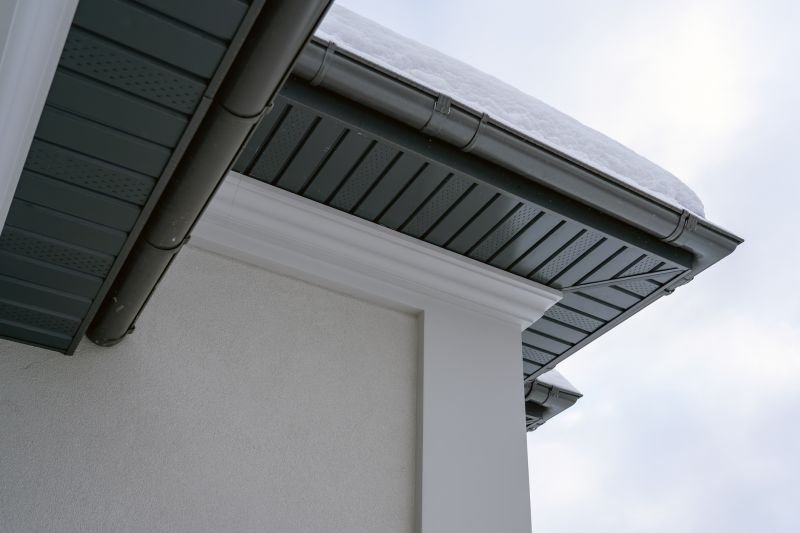
Spring offers moderate temperatures and less precipitation, making it ideal for roofing projects.
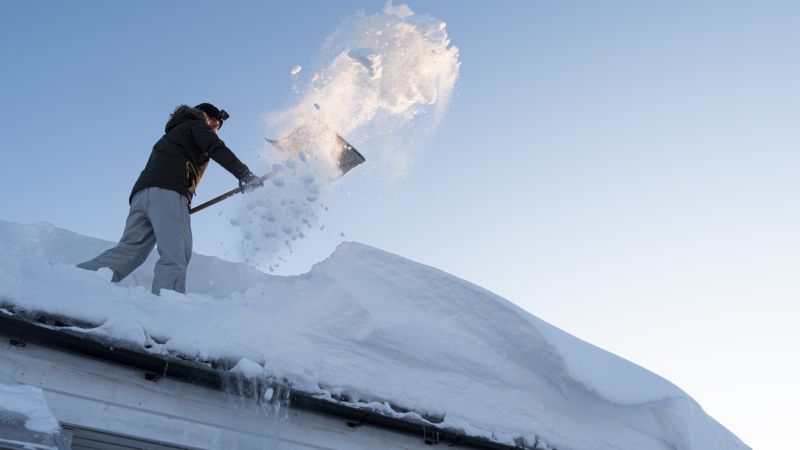
Warm weather and longer daylight hours facilitate efficient roofing work, though high temperatures can pose challenges.

Cooler temperatures and dry conditions make fall a preferred season for roofing maintenance and repairs.

Ways to make Roofing Service work in tight or awkward layouts.
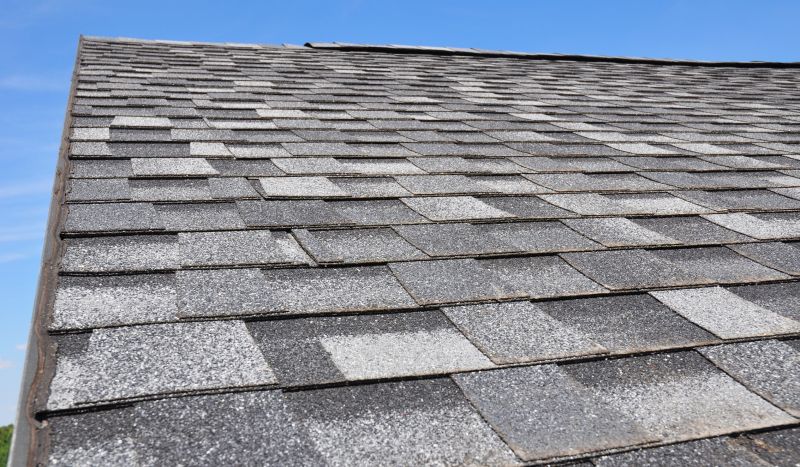
Popular materials for Roofing Service and why they hold up over time.
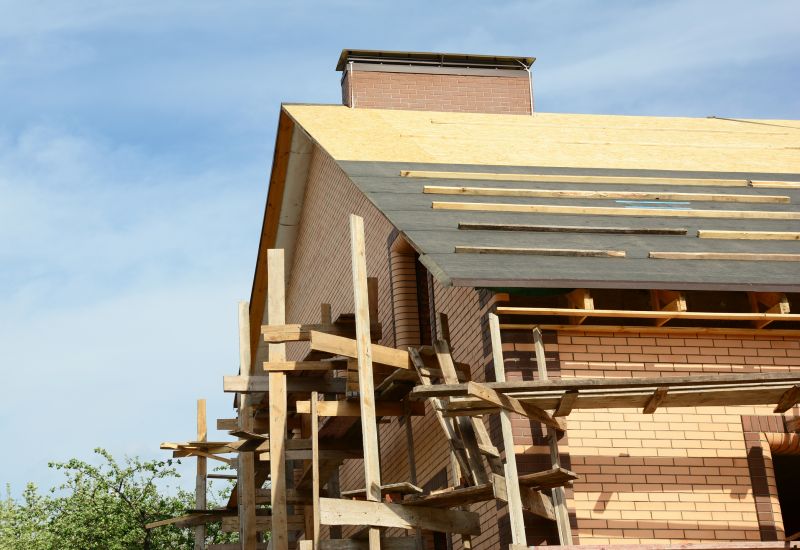
Simple add-ons that improve Roofing Service without blowing the budget.
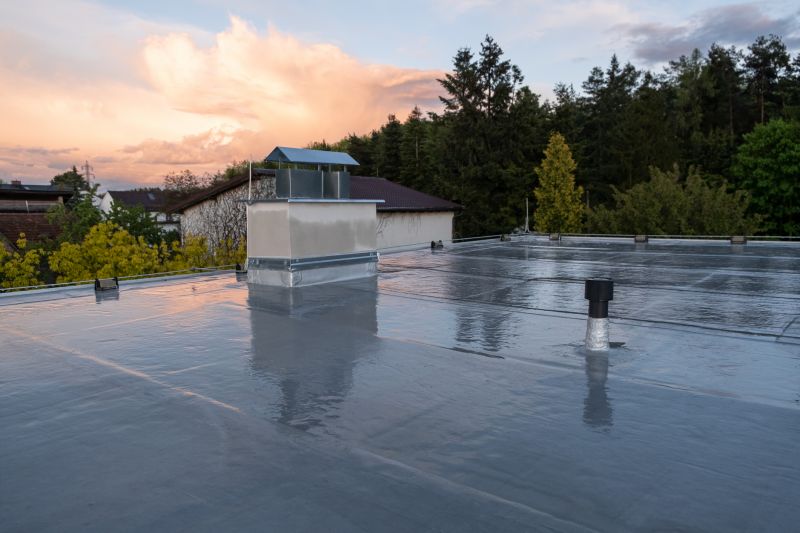
High-end options that actually feel worth it for Roofing Service.

Finishes and colors that play nicely with Roofing Service.
Roofing service timing depends on climate conditions and project urgency. Optimal periods generally include spring and fall, when weather is stable and conducive to safe, efficient work. Summer can be suitable but requires consideration of high temperatures, while winter is typically avoided due to cold and snow, which can hinder roofing activities and compromise materials.
Scheduling roofing services during favorable weather reduces delays and ensures better quality results. Weather-related delays can increase costs and extend project timelines. Proper planning around seasonal weather patterns enhances the durability and longevity of roofing systems.
Avoid scheduling roofing during heavy rain, snow, or extreme cold to prevent damage and ensure safety.
Certain roofing materials perform best within specific temperature ranges, influencing the best timing for installation.
Urgent repairs may require scheduling regardless of season, prioritizing safety and damage prevention.
Wisconsin's seasonal variations should be considered to plan roofing projects effectively.

Spring is ideal for inspecting and repairing roofs after winter's wear.
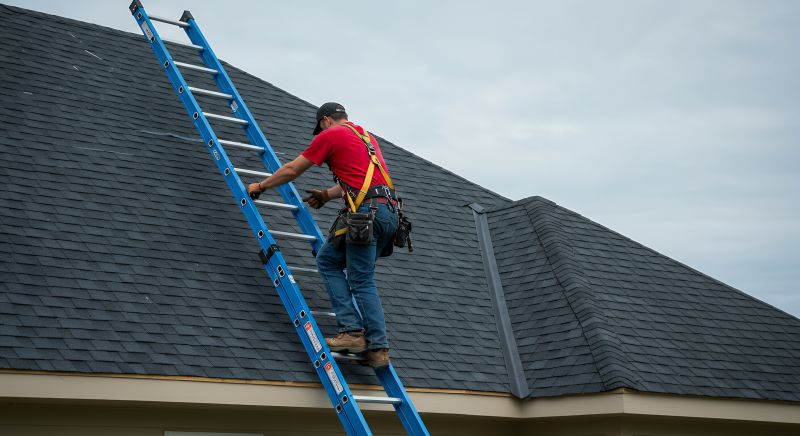
Summer offers extended daylight for completing roofing tasks efficiently.

Fall provides suitable weather for preventative maintenance before winter.
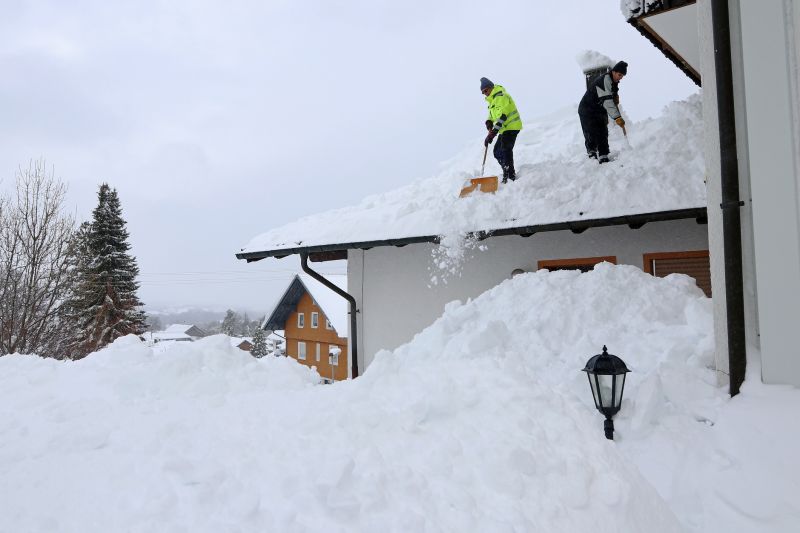
Winter is generally avoided due to cold temperatures and snow accumulation.
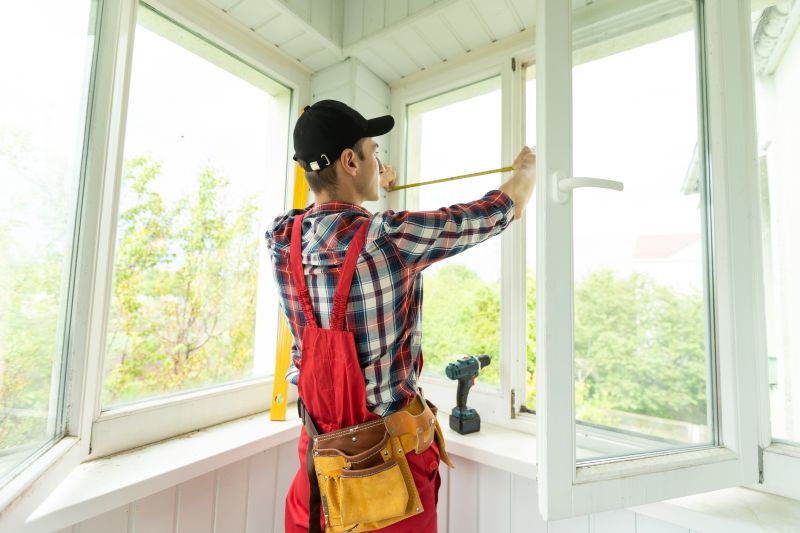
Little measurements that prevent headaches on Roofing Service day.
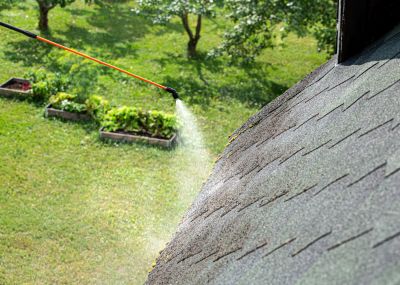
A 60-second routine that keeps Roofing Service looking new.

A frequent mistake in Roofing Service and how to dodge it.

Small tweaks to make Roofing Service safer and easier to use.
| Season | Advantages |
|---|---|
| Spring | Moderate weather, ideal for repairs and inspections. |
| Summer | Longer days, faster project completion, good for new installations. |
| Fall | Cooler temperatures, good for maintenance before winter. |
| Winter | Limited; only for emergency repairs or specific conditions. |
| Late Fall | Prepares roofs for winter, reducing potential damage. |
| Early Spring | Preemptive repairs after winter damage. |
Understanding seasonal variations and weather patterns is essential for scheduling roofing services. Proper timing ensures safety, reduces costs, and enhances the lifespan of roofing systems. Consulting with roofing professionals can help determine the most suitable period for specific projects based on local climate conditions.

Inspecting roofs after winter helps identify damage early.

Optimal for installing new roofs or repairs in warm weather.
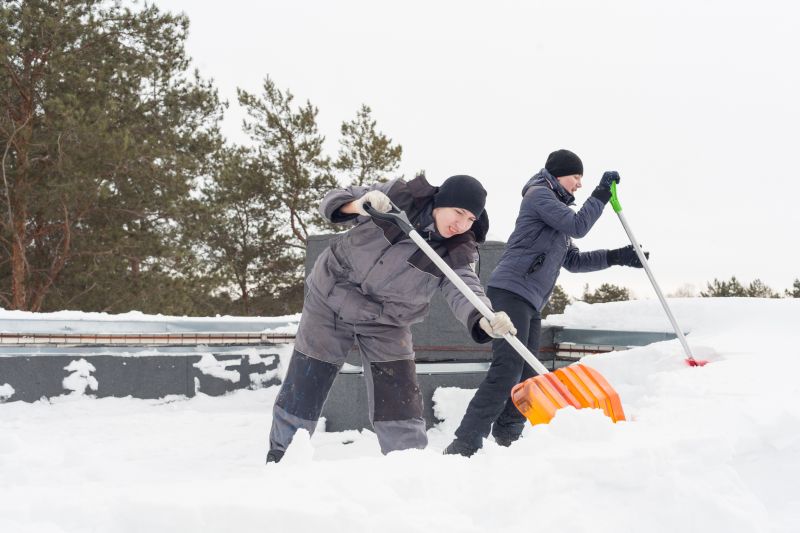
Prepares roofing systems for winter conditions.
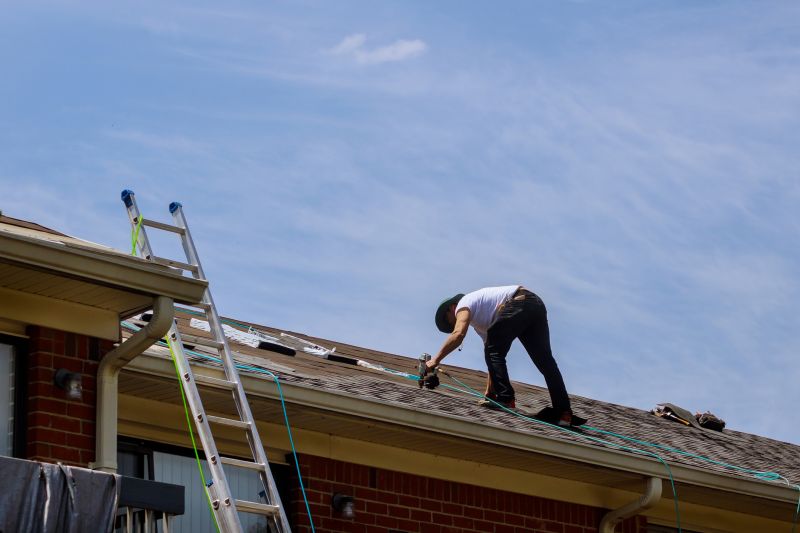
Limited to urgent repairs due to weather constraints.

Lower-waste or water-saving choices for Roofing Service.

The short, realistic tool list for quality Roofing Service.

Rough timing from prep to clean-up for Roofing Service.

Quick checks and paperwork to keep after Roofing Service.
Choosing the right season for roofing services can significantly impact the quality and durability of the work performed. Proper planning ensures that weather conditions support safe and efficient project completion, leading to long-lasting results and fewer disruptions.
Interested in scheduling roofing services? Filling out the contact form provides an opportunity to discuss the best timing for specific needs and ensures the project aligns with seasonal weather patterns for optimal results.
